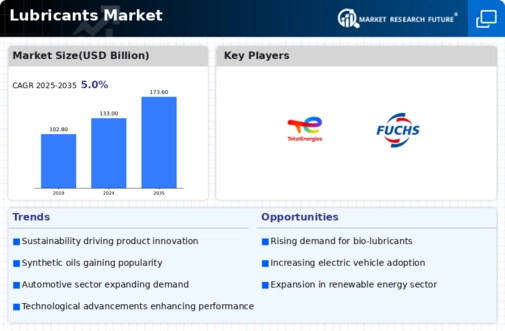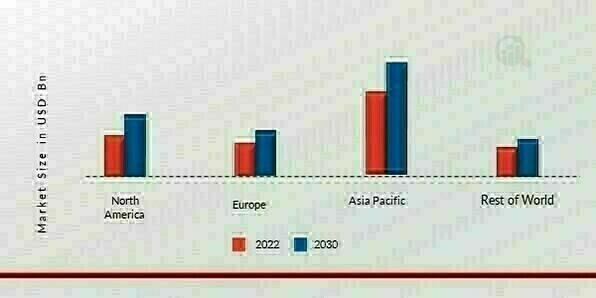Market Share
Lubricants Market Share Analysis
In the bustling arena of the lubricants market, companies employ diverse strategies to carve out their niche and seize market share. One prominent tactic is differentiation, where companies focus on unique product attributes or features to distinguish themselves from competitors. For instance, some companies highlight the superior performance of their lubricants in extreme conditions or emphasize their eco-friendly formulations. By showcasing these distinguishing factors, they attract consumers seeking specific benefits or performance characteristics, thereby securing a dedicated market segment.
Cost leadership is another prevalent strategy, with companies striving to offer competitive pricing while maintaining profitability. Through efficient production processes, optimized supply chains, and economies of scale, these companies can deliver lubricants at lower costs than their rivals. This approach appeals to budget-conscious consumers and businesses looking to minimize expenses without compromising on quality. By positioning themselves as cost leaders, companies can gain a foothold in the market and capture price-sensitive segments, thereby bolstering their market share.
Additionally, companies may opt for a niche market strategy, targeting specialized segments or industries within the lubricants market. Instead of competing across the entire market spectrum, they focus on serving specific customer needs or addressing unique applications. For example, a company might specialize in high-performance lubricants tailored for industrial machinery or focus on developing environmentally friendly lubricants for the automotive sector. By concentrating their efforts on niche markets, companies can establish themselves as experts in their field, cultivate strong customer relationships, and solidify their market position.
Branding and marketing play a crucial role in market share positioning strategies within the lubricants market. Building a strong brand identity helps companies differentiate themselves, foster customer loyalty, and command premium pricing. Through targeted marketing campaigns, companies can raise awareness about their products, communicate key benefits, and influence consumer perceptions. Whether through digital channels, trade shows, or sponsorships, effective marketing efforts enhance visibility and drive demand for lubricants, ultimately contributing to market share growth.
Strategic partnerships and collaborations also feature prominently in market share positioning strategies. By teaming up with suppliers, distributors, or industry stakeholders, companies can expand their reach and access new markets or customer segments. Collaborative ventures enable companies to leverage complementary strengths and resources, whether in terms of distribution networks, technical expertise, or market insights. Through strategic alliances, companies can enhance their competitiveness, capitalize on emerging opportunities, and strengthen their position in the lubricants market.
Innovation serves as a cornerstone of market share positioning strategies in the lubricants market. Companies invest in research and development to introduce new formulations, improve product performance, and stay ahead of technological advancements. Whether it's developing lubricants with enhanced durability, efficiency, or environmental sustainability, innovation drives differentiation and stimulates market growth. Companies that prioritize innovation can capture market share by offering cutting-edge solutions that meet evolving customer needs and industry standards.
Customer experience and service quality are also pivotal in market share positioning strategies. Providing exceptional customer service, technical support, and post-sale assistance fosters trust and loyalty among consumers and businesses. Companies that prioritize customer satisfaction can differentiate themselves from competitors and cultivate long-term relationships with clients. Positive experiences lead to repeat purchases, referrals, and brand advocacy, ultimately contributing to market share expansion and sustained growth.






Leave a Comment